As the famous baseball icon, Yogi Berra, once said: It's "déjà vu all over again". No, actually it's more like déjà Fujitsu all over again: Fujitsu Lifebook 2013 Concept Notebook, to be precise.
As with the Lifebook, and the 1TB Swiss Army SSD Knife, it may inspire you to say: "It's a bird. It's a plane. No. It's a multi-thingy! Convergence is like that, isn't it? Several different types of things are turning into, uhmmm, a multi-thingy device: and so it it with the Asus PadFone.
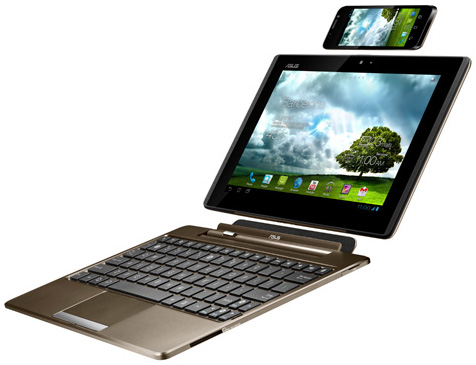

Like the Fujitsu Lifebook, the photos will help, so we'll sprinkle a few of those along the path of enlightenment. Feel free to skip ahead to look at all of them right about now. I'll wait.
Oh, you're back. Well all-righty-then. Let's stroll on down that path to see what else we find.
How it works
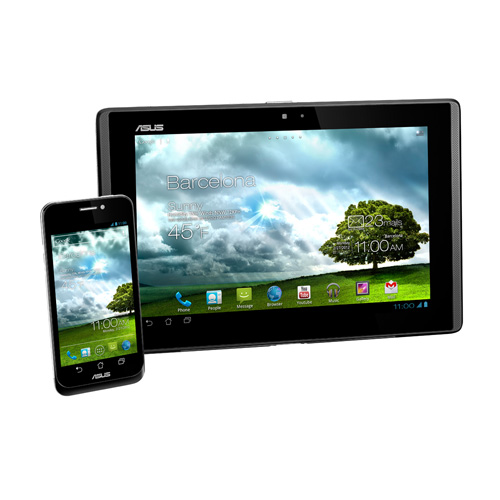

The PadFone with camera snaps into the tablet shell and becomes, you guessed it, a tablet. The tablet then docks onto the keyboard and (tah-dah!) becomes a laptop. The Pad-Fone's talk-time increases dramatically with both arrangements. Combined with the stylus-headset, you've got several laptop components cooperating as a single notebook.
The combination stylus-headset can be used for writing on the tablet, and also becomes a Bluetooth headset, which enables calls with the PadFone docked in the tablet. When docked in the tablet shell the Fone's 8MP rear camera can still snap photos through an aperture in the back of the tablet's case. The word unwieldy comes to mind. Combined into its laptop form, this thing is definitely thicker and heavier than the sum-total of the XPS 13 Dell parts, for example.
| Specifications | |
|---|---|
| Software | Android 4.0 (Ice cream Sandwich) |
| CPU | Qualcomm Snapdragon S4 8260A dual-core 1.5 GHz |
| Built-in Storage | 16/32/64 GB eMMc Flash |
| Memory | 1 GB RAM |
| Tablet Display | 10.1" 1280x800 with capacitive multi-touch panel |
| Phone Display | 4.3inches, qHD 960x540, Super AMOLED with capacitive multi-touch panel |
| Cameras | Front camera mega-pixel VGA Rear camera 8 mega-pixel auto-focus, with flash |
| Memory slot | Micro-SD card |
| Connectivity | WLAN 802.11 b/g/n |
| Networks | WCDMA, HSPA+, 3G, 2G, EDGE, GPRS, GSM |
| Sensors | E-Compass, G-Sensor, Motion, Proximity, Light, Gyroscope |
| Accessories | Station Dock, Stylus-headset, Sleeve |
Assessment
The PadFone's design is not as imaginative or compelling as the Fujitsu Lifebook 2013 Concept Notebook. Strangely though, it will prove much more useful than the Lifebook. The PadFone's keyboard-dock transforms it into something that actually does function more like a laptop because of the physical keys, which are lacking on the Lifebook.
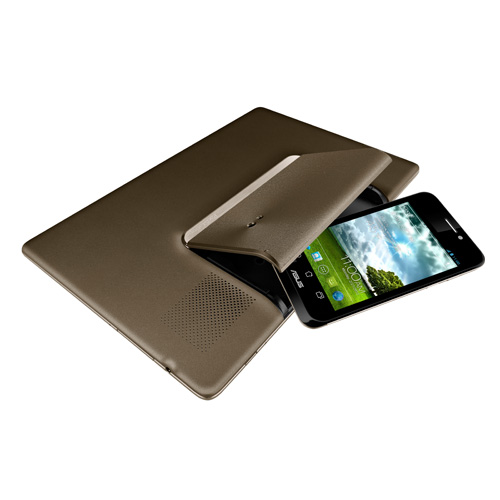

That still does not change the fact that most people want to replace their smartphones more frequently than their laptops. Perhaps a 'new-and-improved' PadFone would be made available and compatible with the existing set-up. That would spoil the fun. You would then have a new laptop component living in the innards of an outdated design.
That situation is not satisfactory to the vast majority of businesses and individual consumers. The interdependence of the laptop's parts is clearly problematic. In fact, you can be reasonably sure that no sane corporate enterprise IT department would buy either the Asus PadFone, or the Fujitsu Lifebook 2013 Concept Notebook. Dedicated gadget-lovers, however, will be thrilled.

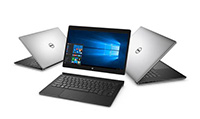 Laptop & Tablet Parts
Laptop & Tablet Parts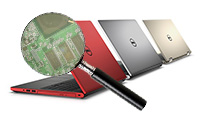
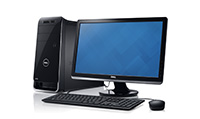

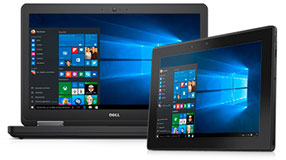


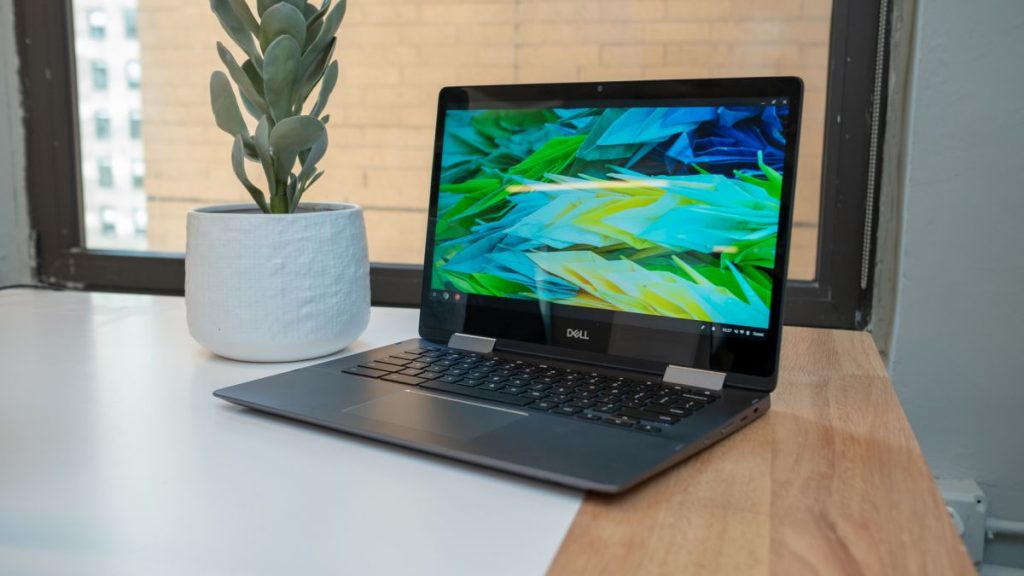
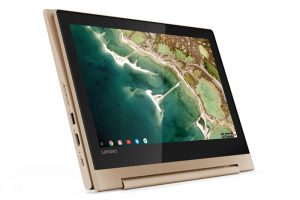
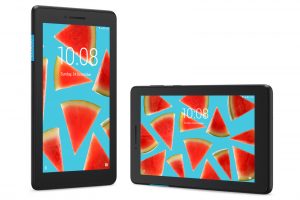
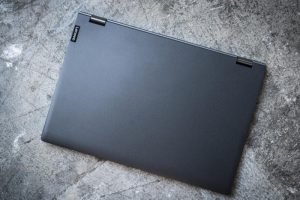
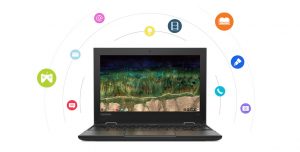
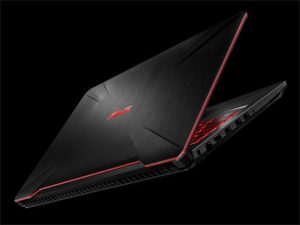
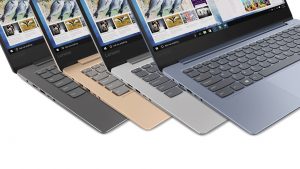
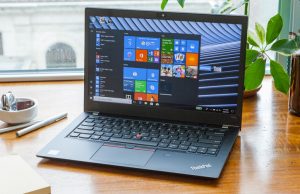
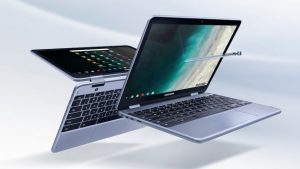
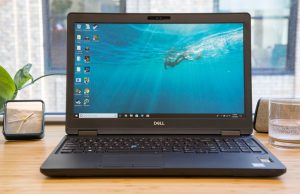
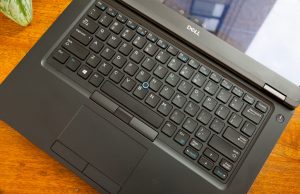
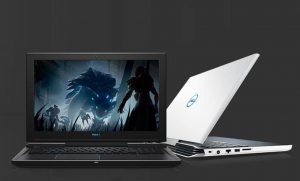
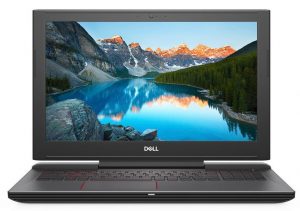
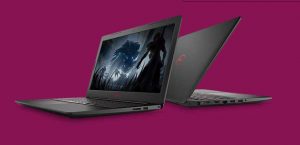
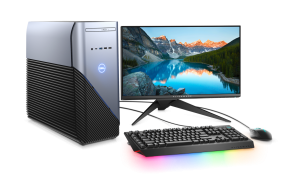

Pingback: Microsoft Windows 8 Release Date & New Austin Retail Store